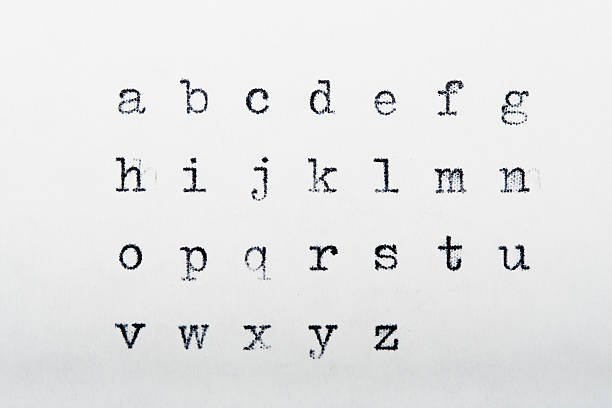e-Ink Tech: The Unsung Hero of Our Digital Age
We live in a world where our screens have become a crucial part of our lives. The vibrant colours, the crisp resolution, the instant access to vast amounts of information—it's a digital paradise. However, amid this dazzling spectrum, there's a technology that's often overlooked but is a game-changer in its quiet, unassuming way—e-Ink technology.

The Origin of e-Ink
e-Ink or electronic ink technology was developed in the late 1990s by a company named E Ink Corporation. The technology was born out of a desire to create a digital display that could replicate the appearance of ink on paper—easy on the eyes, glare-free, and readable in direct sunlight.
The technology uses tiny microcapsules filled with positively charged white particles and negatively charged black particles suspended in a clear fluid. When an electric field is applied, either the white or black particles will move to the top, creating the effect of an ink display.
The Rise and Adaptation
e-Ink technology found its first major adopter in Amazon’s Kindle, launched in 2007. The Kindle used a 6-inch E Ink display to provide a reading experience that closely mimicked reading a physical book. The absence of backlighting reduced glare and eye strain, making it the perfect device for bibliophiles.
Over the years, e-Ink technology has found its way into various devices and applications. From smartwatches to digital signage, the demand for low-power, sunlight-readable displays has increased.
The Modern e-Ink Landscape
e-Ink technology has continually evolved over the past decade. The latest e-Ink displays can now support up to 16 levels of grey, providing a much richer reading experience. There have also been strides in developing coloured e-Ink displays, with the first commercially available colour e-Ink reader, the PocketBook Color, launched in 2020.
The Underestimated Value
The estimated global e-Paper display market is expected to reach $3.12 billion by 2022. This figure reflects the growing recognition of the benefits that e-Ink technology brings to the table. Its low power consumption makes it the ideal choice for devices that need long battery life. Its reflective display technology, which mimics the way we perceive ink on paper, is far more comfortable for extended reading sessions, reducing digital eye strain.
The Future: What’s in Store?
As the world becomes more digitally connected, the demand for sustainable, energy-efficient technology grows. e-Ink, with its low power consumption and ease of readability, fits the bill perfectly.
While colour e-Ink is still in its infancy, it’s an exciting development that could further expand the technology’s applications. Imagine an e-Ink smartphone that can last for days on a single charge or an e-Ink billboard that’s readable in direct sunlight and doesn’t consume vast amounts of energy.
In a world dazzled by bright, vibrant screens, e-Ink technology continues to carve its niche. It may not be flashy, but its value is undeniable. As we move towards a future where sustainability and comfort play a key role in technology, e-Ink is a quiet hero, paving the way one pixel at a time.




